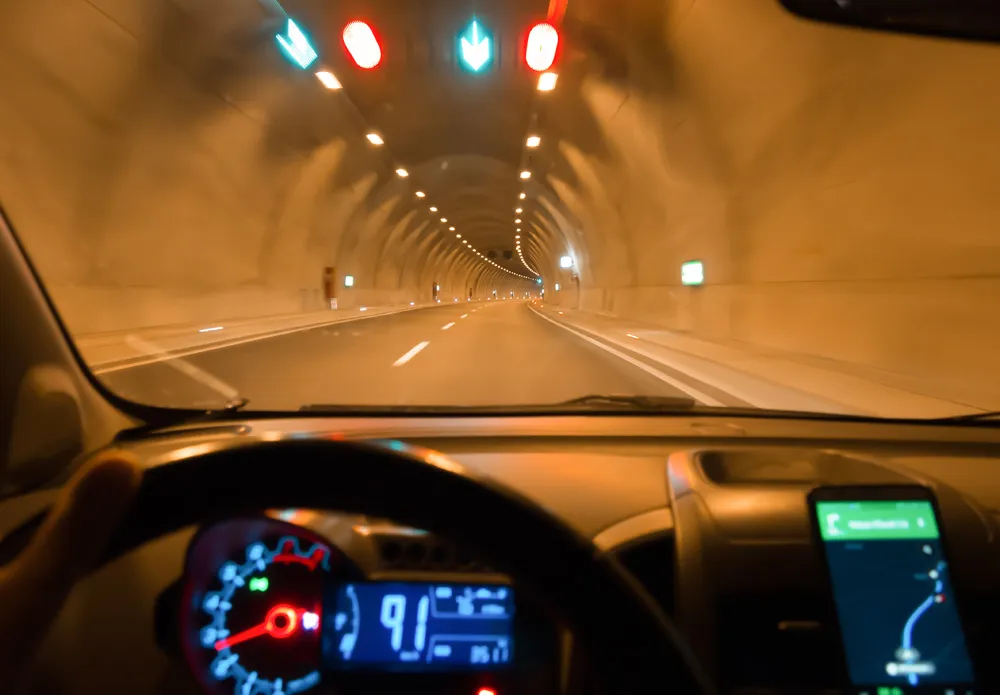Parsons has been awarded a three year initial contract with two optional renewals by the Hawaii Department of Transportation (HDOT) to continue running its Freeway Service Patrol (FSP) program on Oahu, one of the most congested regions in the United States.
Under an existing FSP contract that ends this year, Parsons has been delivering these services on the island for the last four years, providing roadside assistance to motorists, helping emergency responders at traffic incidents and removing roadway de
January 25, 2017
Read time: 2 mins
Under an existing FSP contract that ends this year, Parsons has been delivering these services on the island for the last four years, providing roadside assistance to motorists, helping emergency responders at traffic incidents and removing roadway debris. Parsons will be responsible for all aspects of the FSP program, including vehicle procurement and maintenance, staffing, training, and vehicle dispatch activities.
The FSP program works closely with the City and County of Honolulu’s police, fire, emergency medical services, and transportation services departments to increase safety and reduce congestion on the Oahu freeways. It covers the island’s most congested 29 mi of freeway in both directions.










